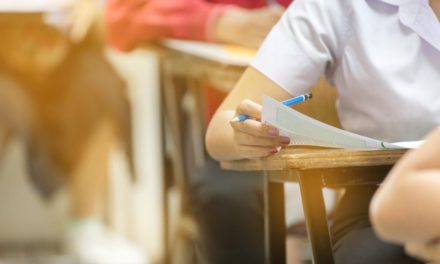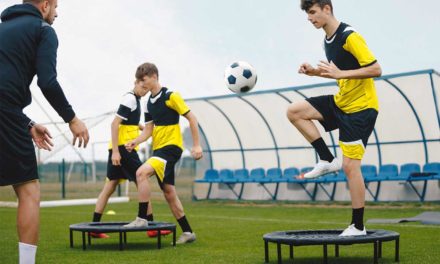Gathering quality practical video evidence can be the difference between your pupils achieving the grade they deserve, or the worst-case scenario of having the whole examination cohort having their marks adjusted downwards.
Here are 5 tips on how to record high-quality digital evidence and therefore reduce the need for live moderation and the potential problems associated with this.
1. Equipment
Try and ensure that your pupils have access to a good quality camera. Avoid using cameras on phones as they rarely have the zoom function and this can be a significant issue when recording sports from a distance.
Remember, if the player being assessed cannot be easily identified within the footage recorded, it cannot be submitted to the exam board.
2. Positioning
Position the camera effectively. All specifications require the evidence presented to show both the execution phase of the skill being performed as well as the outcome of the movement pattern. In practice, this would mean positioning a camera at one end of the court or on the side of the pitch where the player is likely to be most involved in the game.
It may be beneficial for the students in your group to practice gathering quality evidence prior to recording an actual piece of evidence as they will likely be the ones teaching their parents/guardians how to record acceptable footage.
3. Stability
Place the recording device on a tripod. This reduces the amount of unwanted movement and allows the person recording the footage to focus on the lateral movement required.
Try and reduce the movement of the recording device where possible, as it can make the footage very difficult to watch. This can be achieved by positioning the camera in the correct position at the start of the performance and leaving it there for the duration.
4. No editing
Record all evidence in full without editing. Exam boards do not accept footage that has been edited. This also means that you will need to ensure you have a surplus supply of spare batteries and memory cards for your camera and ensure the device is reliable before gathering the evidence.
However, if the worst happens and the recording is interrupted, you can still use full halves/quarters of games, but the duration of any evidence submitted should not be any shorter than this.
5. Weather
The quality of the footage will be significantly improved if the weather is favourable. Try and avoid filming in the wind and rain – not only is your student likely to perform to a higher level but the whole process will be far easier. You won’t have to worry about the camera getting wet or your candidate being difficult to identify due to the camera moving in the wind.
It is also important to set an early deadline for practical footage – if the weather is anything like the winter of 2022-23 there will be plenty of matches cancelled and you don’t want to be relying on a good performance at the end of April.
If you need any further guidance on the practical element of coursework, please visit the teacher resource area of your examination board’s website.
Find out how PE Office’s huge knowledge bank of lesson plans, skills coaching guides, video analyses and schemes of work can help you prepare your students for their exams. Contact us on 01909 776 900, send an email to mail@peoffice.co.uk or click here to book a demo.










